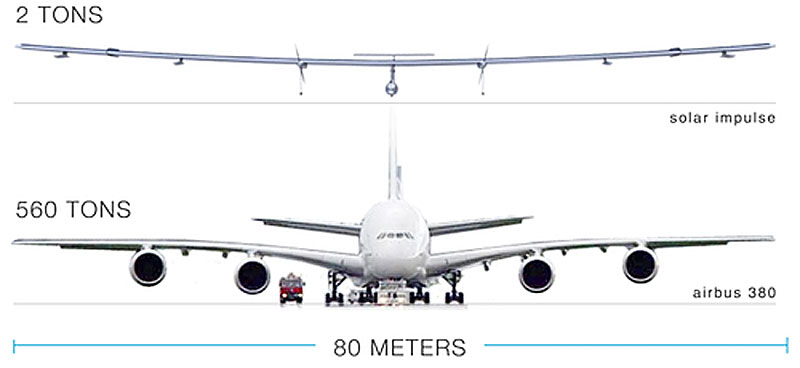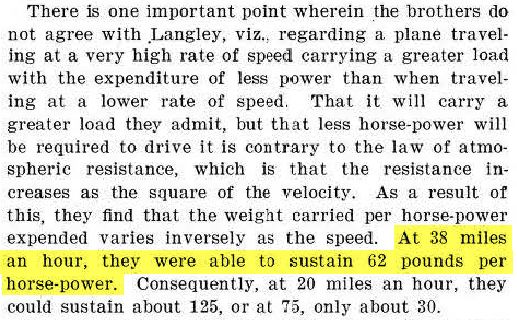simplex1
Ejection Handle Pulled
- Joined
- May 22, 2014
- Messages
- 90
- Display Name
Display name:
simplex1
Is it any chance to fly 62 lb for each horsepower at a speed of 38 mph?
Supposing someone wants to build a small plane (it can be radio controlled) with a total weight ranging between 62 and 1000 lb, is it any chance to fly it at 38 mph using an engine that has a power equal to the total weight of the plane, measured in lb, divided by 62 lb/HP?
Supposing someone wants to build a small plane (it can be radio controlled) with a total weight ranging between 62 and 1000 lb, is it any chance to fly it at 38 mph using an engine that has a power equal to the total weight of the plane, measured in lb, divided by 62 lb/HP?
Last edited:







